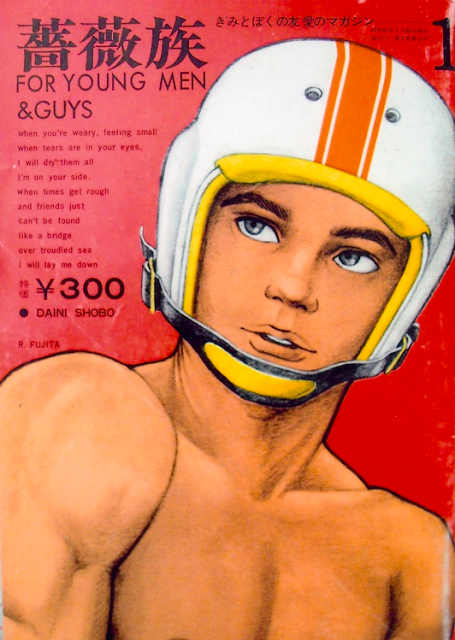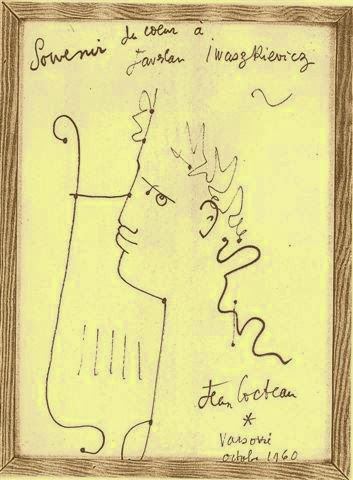Last month I went to Japan. I'd been wanting to go ever since I saw Lost in Translation a decade ago (sometimes you need to admit to clichés) but I always thought I'd be a better cultural explorer than Bill and Scarlett and pierce right into the country's psyche. I didn't. If anything, the trip brought up more questions than answers.
I presumed Mishima's self-hatred and alienation from himself was an exception or a sympton of his times. But upon visiting one of the gay bookshops that I'd read about, hoping to find some literature, I was rather surprised: It pretty much only stocked porn, most of which involved either bondage or overweight or underage-looking boys. The whole thing felt very creepy. I left quickly.
What I found particularly puzzling was Japanese gayness - or its apparent mainstream absence. The 7/11s don't stock a single gay magazine, you'll never see two men holding hands, and all gay bars in Tokyo, the biggest city in the world, seem to be concentrated on a couple of streets in Shinjuku. How is that possible?
 |
| The notorious Japanese writer Yukio Mishima posing as Saint Sebastian |
Before getting on the plane, I read Yukio Mishima's "Confessions of a Mask" (1958), arguably Japan's first gay-themed novel. In it homosexuality is always a source of shame, and it is also closely linked to a fetish for violence. The author himself famously committed ceremonial suicide (seppuku) at the age of 45.
 |
| The late pornstar and campaigner Koh Masaki |
A beacon of hope amidst the apparent ghettoization of queer culture was Koh Masaki, a brilliant Japanese porn star, who was a fervent supporter of gay rights. Unfortunately Masaki died two years ago, aged 29. Here a video interview of him and his boyfriend, conducted by Vice, showing them living a rather conventional gay life. Let's hope there are many many more like these out there.
ps: For deeper insights into queerness in Tokyo, check out this expat's blog post and this article from The Independent. Also, Ellen Paige's excellent documentary about gay Japan, here.


























%2B01.jpg)












